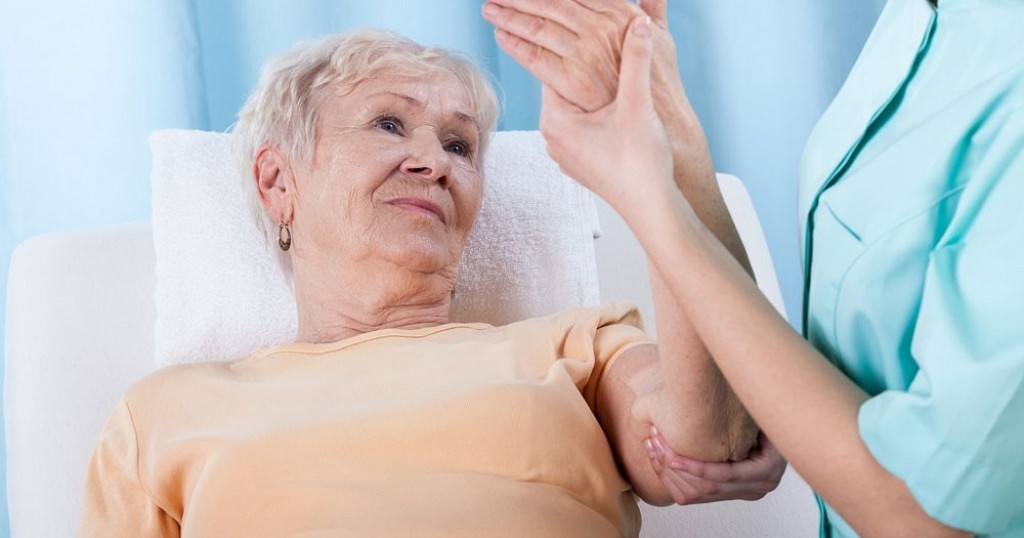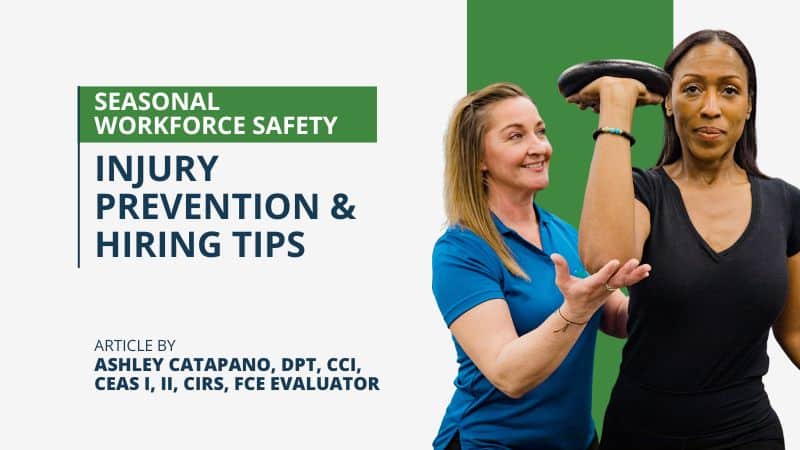Osteoporosis is a disease affecting approximately 10 million men and women in America. It is the progressive loss of bone mineral density. With bone loss over time the bones become weak and brittle leading to the increased likelihood of fractures, and bone deformation. The cost to our nation’s economy can be as much as 13 billion dollars per year in lost productivity and health care costs.
Who is at Risk for Osteoporosis?
Eighty percent of those with Osteoporosis are women. Women over 65 years of age are at much greater risk than men for Osteoporosis. Anyone diagnosed with Osteopenia, low bone density and a precursor to Osteoporosis is at greater risk. Other risk factors include women who are white or Asian, postmenopausal, cigarette smoking, sedentary lifestyle and some medication. Also women who have had long-term menstrual problems or have mineral absorption problems may also be at risk.
What Can Happen if you Have Osteoporosis?
Osteoporosis causes a hunched forward posture and the formation of a hump, in the middle back and decreasing height. Poor posture and muscle tension due to the hunched posture can contribute to the increase of falling because the person’s center of gravity is shifted forward. Weak and brittle bones increase the likelihood of fracture during falls or fractures of the spine.
Some symptoms that may be caused by Osteoporosis include back pain, poor posture, lost height and decreased mobility. Anyone over 65 or postmenopausal women should be screened for osteoporosis even if symptoms are not present. Doctors will perform bone density scans to rate the person’s bone density and determine their diagnosis based on that scan.
How Physical Therapy can Help Osteoporosis
1. Physical therapy can be utilized to manage the progression of Osteopenia, Osteoporosis and their symptoms. The patient’s goals include the prevention of bone loss and increasing bone density.
2. According to the American Physical Therapy Association (APTA), “The right exercises and good habits can keep bones strong and prevent or reverse the effects of osteoporosis. Weight-bearing exercise, such as walking, is an important way to build and maintain healthy bones. Muscle-strengthening exercises have been found to stimulate bone growth and can help prevent and treat osteoporosis. These types of exercises are best if started early in life and done regularly. However, it is important to remember that you can begin exercising at any age and still reap great benefits”.
3. Avoid exercises and daily activities which round the spine, such as sit-ups, crunches, bending down to tie your shoes, certain exercise machines that involve forward bending of the trunk, and even movements and sports that round and twist the spine. Instead, hinge forward from your hips, while keeping your back straight.
4. Practice balance exercises (even at a wall or holding on) to reduce falls and resulting fractures. As part of physical therapy for osteoporosis, an individualized program may include a walking regimen, Tai Chi, yoga, Pilates and other exercises geared toward conditioning, balance, and coordination.
5. The APTA recommends: Using proper posture and safe body mechanics during all activities protects the spine against injury.
Helpful Tips
- Keep your back, stomach, and leg muscles strong and flexible.
- Do not slouch.
- Use good body positioning at work, home, or during leisure activities.
- Ask for help when lifting heavy objects.
- Maintain a regular physical fitness regimen. Staying active can help to prevent injuries.
- Always consult with your physician or physical therapist before beginning an exercise program, if you have osteoporosis, are at high risk for a fall, fracture, or have a medical condition that might affect your ability to exercise.
References:
National OP foundation,www.nof.org/osteoporosis.
Meeks, Sara Walk Tall. Triad Publishing Company (FL); 1st edition (June 15, 1999).
Bassey E. Joan, Exercise for prevention of osteoporotic fracture. Age and Aging. Nov. 2001: 29-31.
Rahmani, Poupak, Morin, Suzanne. Prevention of osteoporosis-related fractures among post menopausal women and older men. CMAJ. 2009:181; 815-820.
American Physical Therapy Association, Bone Health.http://www.moveforwardpt.com/Resources/Detail/bone-health-2






